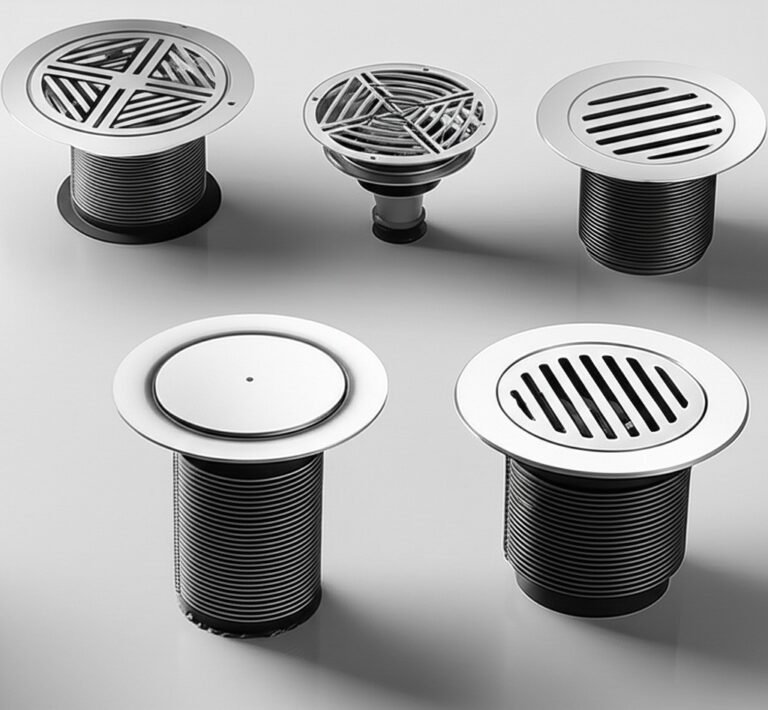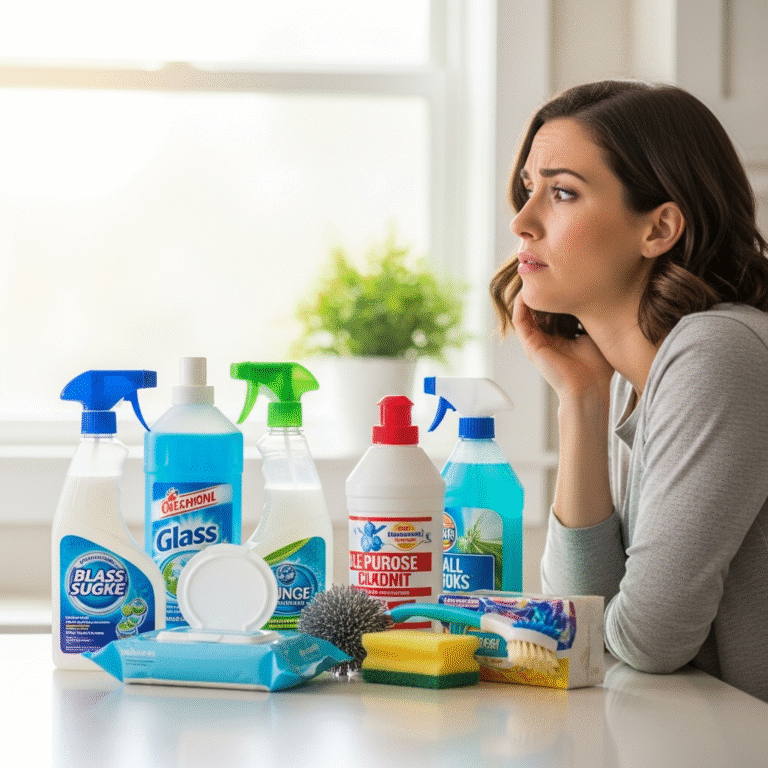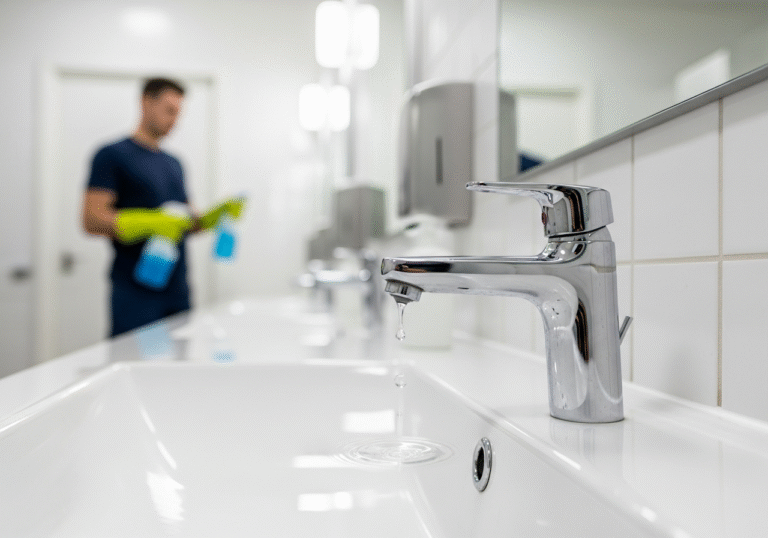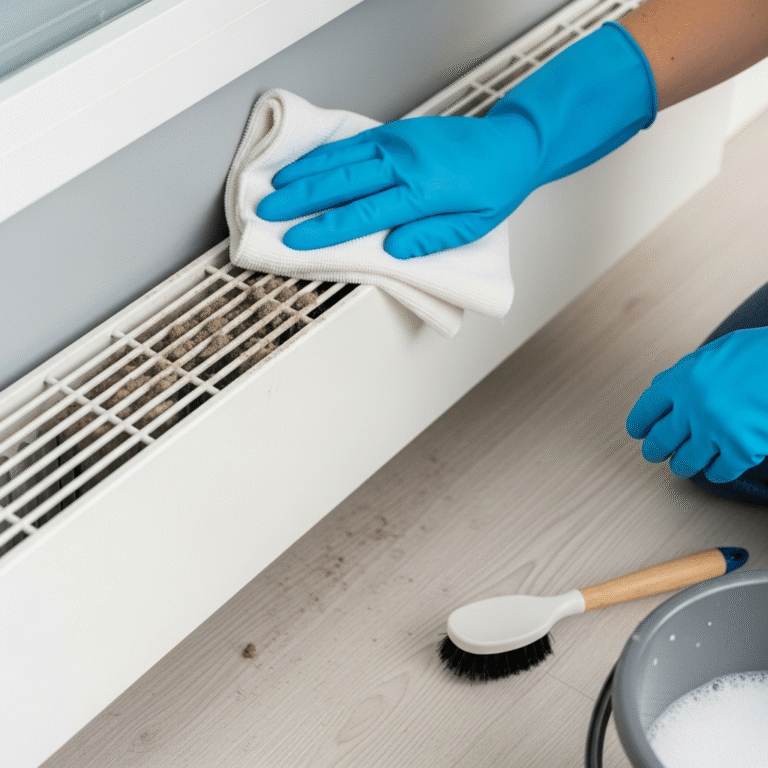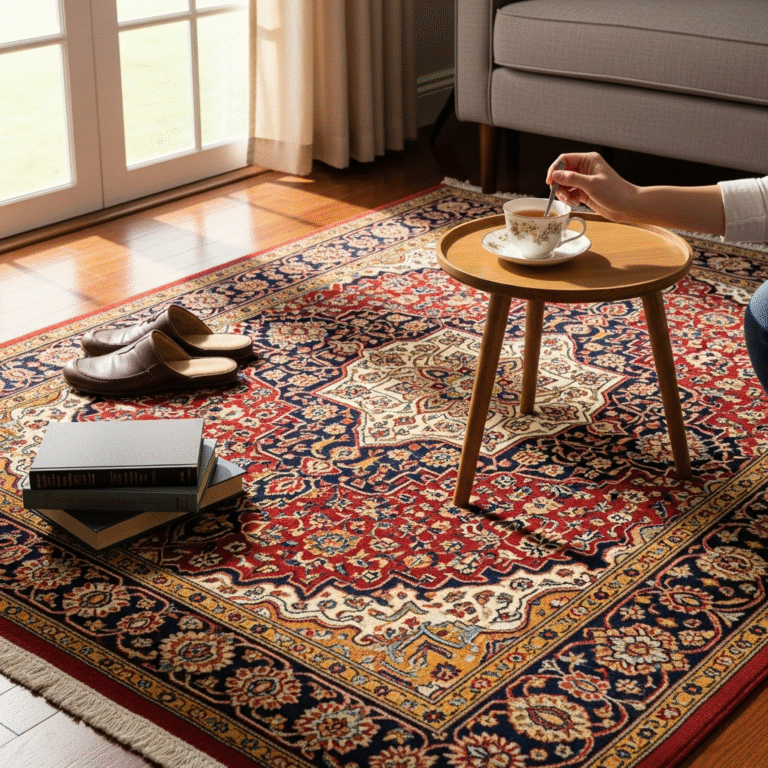When your drains are working properly, you barely notice them. However, when problems arise, from slow drains to unpleasant odors or even complete blockages, the disruption can be significant. This guide will walk you through seven essential steps to understanding and maintaining your drains, helping you prevent common problems and ensuring that your home’s plumbing system runs smoothly, keeping your home clean and efficient
1. Your Home’s Drains
Before we dive into maintenance, it’s important to understand the vital role that drains play. Every sink, tub, shower, toilet, and washing machine in your home is connected to a drainage system designed to safely and efficiently channel wastewater to the main sewer or septic system. Kitchen drains primarily carry dishwashing water, often mixed with small food particles and grease. Bathroom drains contain residue from soap, hair, toothpaste, and other personal care products. Laundry drains carry water laden with detergent and lint. Each of these pathways is crucial, and a problem in one can sometimes indicate a larger problem. Recognizing that these systems are constantly in operation helps underscore the importance of consistent care, preventing minor annoyances from turning into larger, inconvenient, and potentially costly plumbing emergencies. A well-functioning drainage system is the foundation of a healthy and pleasant home environment.

2. Protecting What Goes Down
The most effective approach to drain maintenance is proactive prevention, starting with being aware of what we allow into the system. Many common drain clogs are entirely preventable if we exercise caution. In the kitchen, cooking fats, oils, and grease are the leading culprits. While liquid when hot, these substances solidify as they cool inside the pipes, creating sticky, persistent clogs that trap other debris. Coffee grounds, tea leaves, and fibrous food scraps like vegetable peels are also significant contributors to clogs. In the bathroom, hair is a major culprit, tangling together to form dense webs that trap soap scum and other particles. So-called “toilet-flush” wet wipes, despite their name, are notorious for causing clogs because they don’t break down the way toilet paper does. Dental floss, cotton swabs, and feminine hygiene products should also never be flushed down the toilet. By consciously keeping these problematic items out of your drains, you’re taking the most significant step toward keeping your pipes clean and trouble-free.
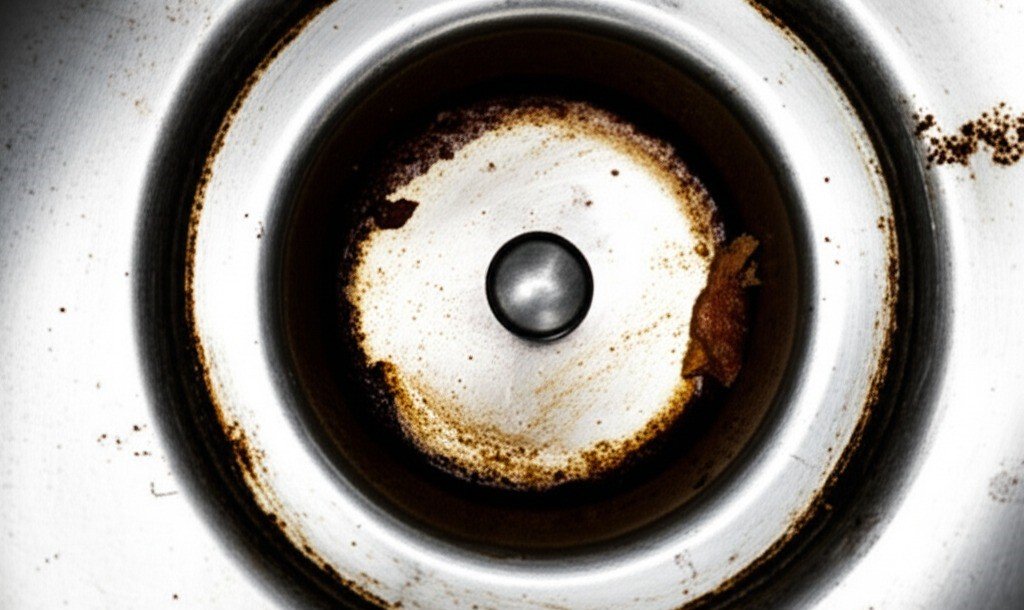
3. Daily Habits
Incorporating a few simple habits into your daily and weekly routines can make a substantial difference in the long-term health of your drain. One of the easiest, yet most effective, measures is to consistently use drain strainers or screens in all sink and shower drains. These inexpensive devices catch hair, food particles, and other debris before they enter the pipes. The key is to empty these strainers regularly, ideally after each shower and several times a day in a busy kitchen sink. Another beneficial habit, especially for the kitchen sink, is to run hot water for a minute or two after washing dishes, especially if greasy items are involved. This helps remove any remaining grease particles while they are still slightly liquefied. For all drains, a weekly flush with very hot water (not boiling water, which can damage some PVC pipes) can help dissolve early buildup of soap scum or grease, keeping your drains cleaner. These small, consistent actions work like preventative medicine for your plumbing.

4. Impending Drain Problems
Being aware of the subtle signs your drains may be sending can help you address potential problems before they turn into serious clogs. One of the earliest and most common indicators is a drain that begins to empty more slowly than usual. Water may remain in the sink or shower for a long time after use. Another telltale sign is the gurgling sounds that emanate from the drains as the water passes through. These noises often suggest that air is being trapped and displaced by a partial obstruction within the pipe. Unpleasant odors rising from a drain can also indicate the buildup of decaying food particles, grease, or other organic matter trapped in the pipes or trap. In more advanced cases, you may notice water backing up into other fixtures—for example, water appearing in the bathtub when you flush the toilet could signal a more significant clog in the future. Paying attention to these early signs allows for timely intervention.
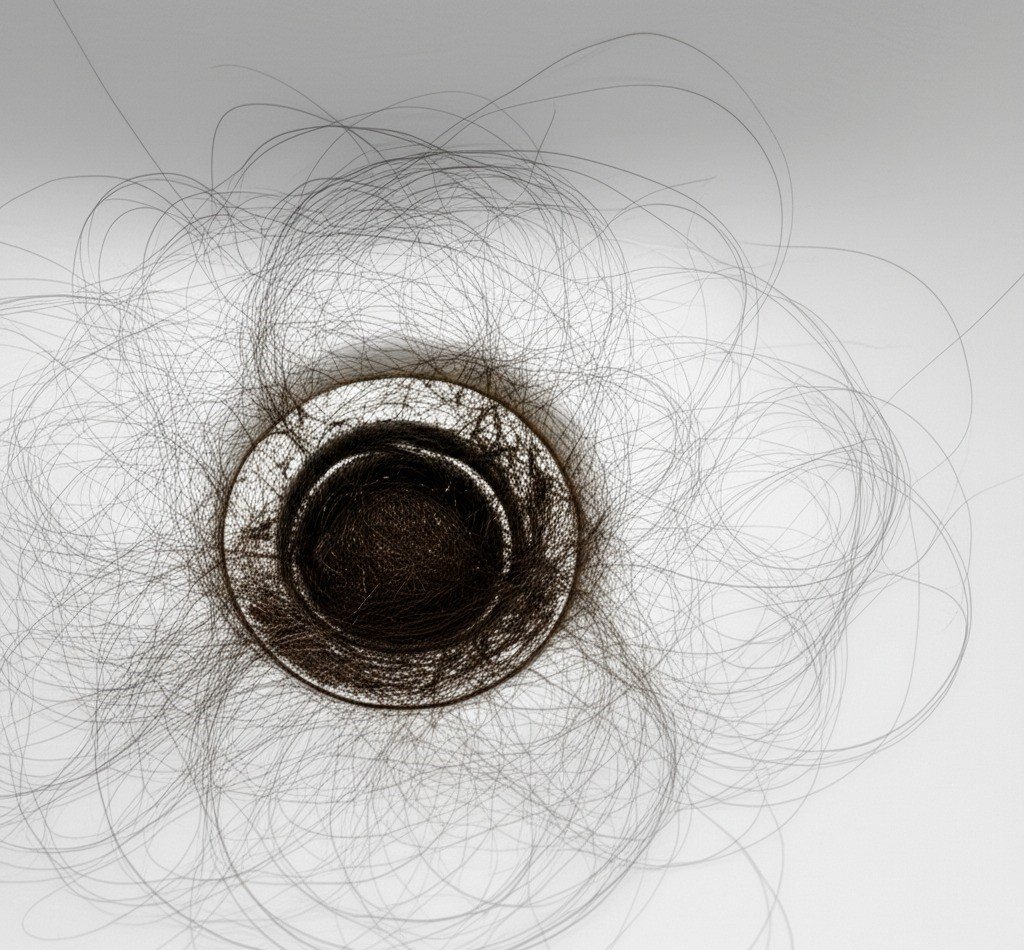
5. Gentle DIY Approaches to Fixing Minor Drain Problems
When faced with a slightly slow drain, there are a few gentle, homemade methods that can often provide relief without resorting to harsh chemicals. One common and often effective technique involves using a combination of baking soda and vinegar. First, pour about half a cup of baking soda into the affected drain, followed by an equal amount of white vinegar. The mixture will fizz, which can help unclog minor buildup. After about 30 minutes to an hour, flush the drain thoroughly with plenty of hot water. For physical blockages closer to the drain opening, a plunger can be effective. Make sure there is enough water in the sink or tub to cover the top of the plunger, create a good seal over the drain, and use firm, steady pushes and pulls. For P-traps in your sink that are easily accessible, and if you feel comfortable doing so, placing a bucket underneath and carefully unscrewing the trap may allow you to manually remove any accumulated debris. It is generally advisable to avoid commercial drain-unclogging chemicals, as they can be corrosive to pipes, harmful to the environment, and pose safety risks if not handled properly or if they fail to clear the blockage.
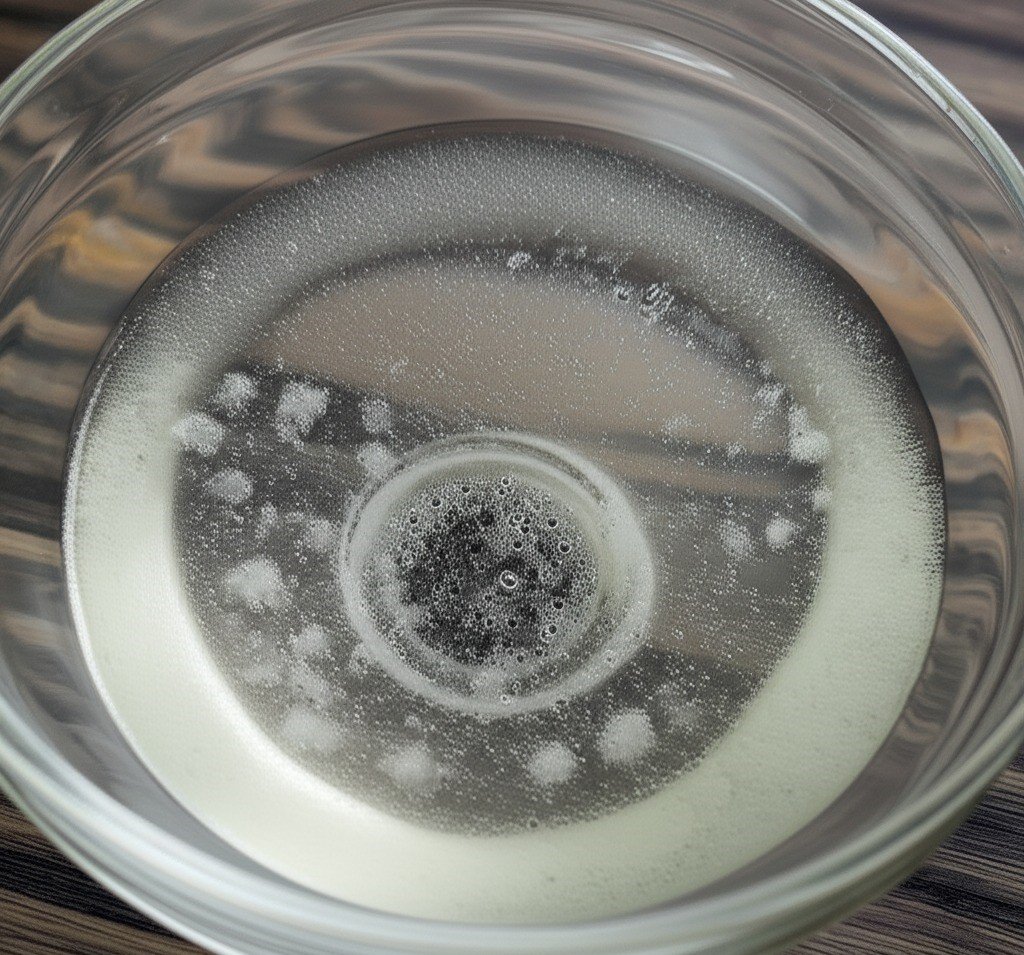
6. Regular Flushing
In addition to your daily habits and troubleshooting of minor issues, incorporating a regular, more dedicated maintenance flush into your routine can go a long way toward keeping your drains in good working order. This isn’t about fixing an existing clog, but rather about proactively cleaning your pipes to prevent buildup from taking hold. Once a month, or at least once a quarter, consider performing a more thorough flush. This could involve filling each sink and tub with very hot water, then flushing the entire drain at once to create a strong flow that helps clear the pipes. Alternatively, a preventative application of the baking soda and vinegar method, followed by a generous rinse with hot water, can serve as an excellent maintenance flush, helping to dissolve grease and soap scum. This regular, intentional flush acts as a spring cleaning for your drain lines, reducing the likelihood of future problems and helping to maintain optimal flow capacity throughout your home’s plumbing system.

7. Professional Plumbing Assistance
While many minor drain issues can be managed with preventative care and simple DIY methods, it is crucial to recognize when a problem exceeds your ability to resolve it safely and effectively. If you encounter persistent clogs that recur despite your best efforts, or if multiple drains in your home are backing up simultaneously, this often indicates a more serious blockage further down the system, potentially in the main sewer line. Sewage backing up into any of your drains is a clear sign that immediate professional help is required, as this poses a significant health hazard. If you suspect a tree root intrusion, a collapsed pipe, or any other significant structural issue with your drainage system, attempting to fix it yourself can often lead to more extensive and costly damage. Professional plumbers have the diagnostic tools, such as drain cameras, and specialized equipment, like augers and hydro-jetters, to accurately identify and resolve complex drain problems safely and efficiently, safeguarding the integrity of your entire plumbing system.
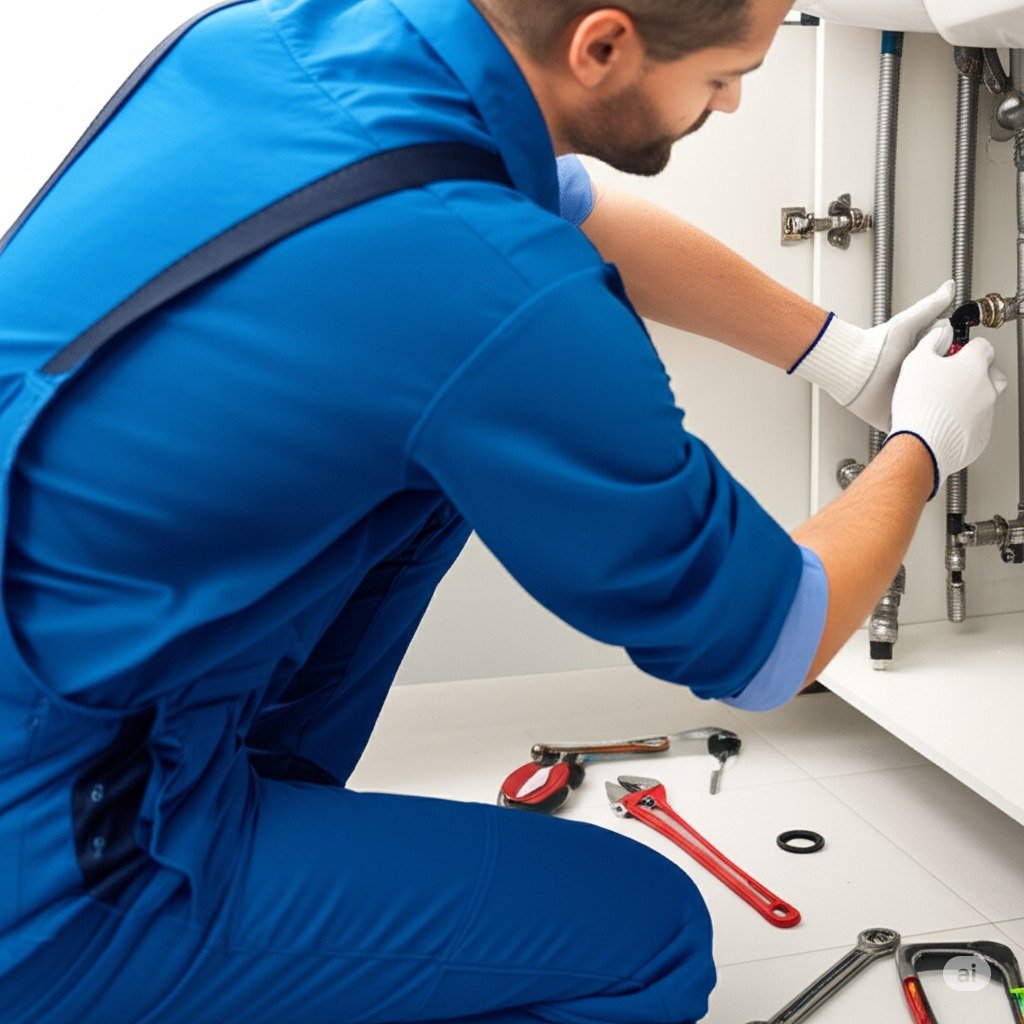
A home where every system, both visible and invisible, is essential to contribute to a more pleasant and stress-free living environment. Just as perfectly functioning drains ensure a clean and efficient home, Toronto Shine Cleaning works to ensure that every aspect of your home reflects the same standard of care and cleanliness.













